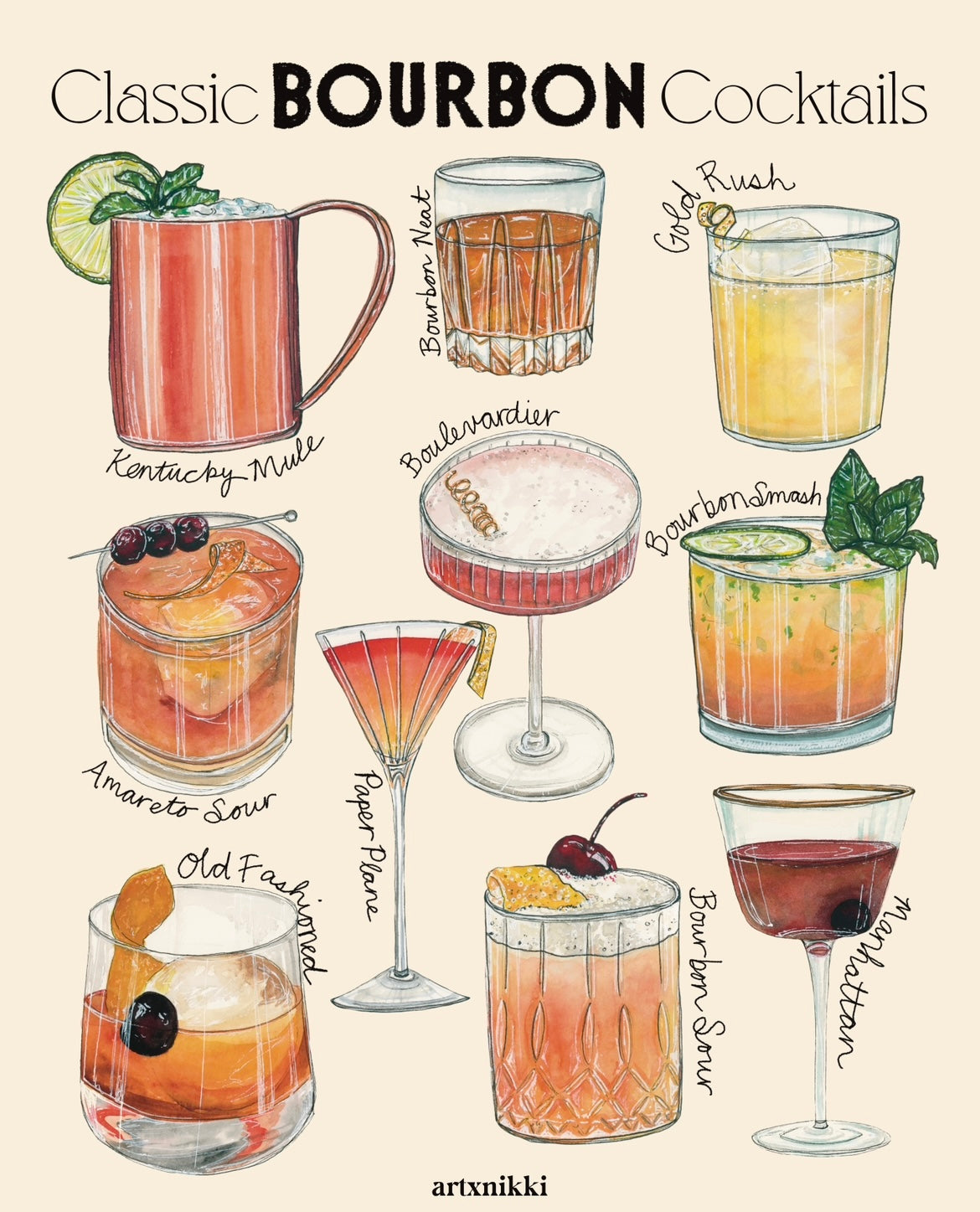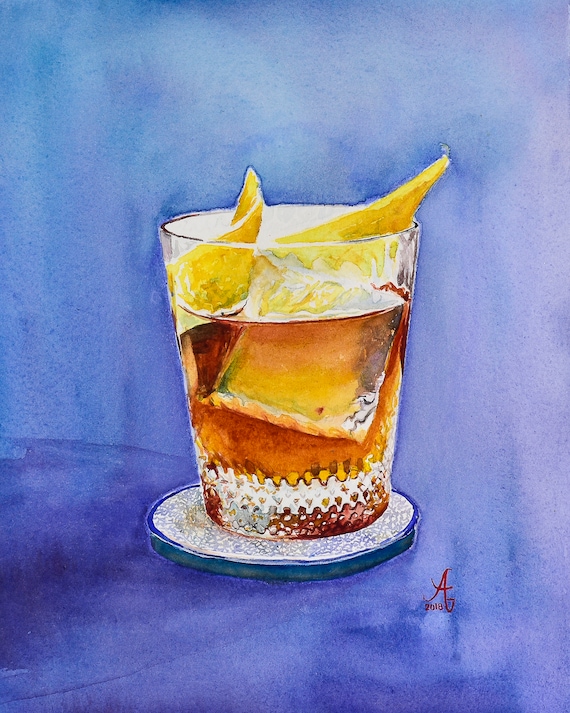The Significance of Whiskey Art in Celebrating Heritage and Workmanship in the Beverage Industry
The intricate relationship between scotch art and the celebration of heritage and craftsmanship within the beverage industry can not be overstated. Through thoughtfully designed labels and bottles, whiskey brands envelop their historic origins and the artisanal abilities that specify their production approaches. This artistic measurement not just enhances market appeal but also acts as a channel for cultural narration, cultivating a deeper link in between the craft and the consumer. As we explore the various elements of this topic, intriguing concerns regarding the effect of contemporary patterns on conventional methods arise, motivating further exam.
The Historical Roots of Whiskey
At the heart of scotch's appeal lies a rich tapestry of historic origins that map back to ancient people. The origins of scotch can be connected to the purification techniques of the Sumerians and Babylonians around 2000 BCE, where early kinds of fermented grain drinks began to arise. Nevertheless, it remained in the Middle Ages that the art of distillation progressed substantially, especially in Ireland and Scotland, leading to the production of scotch as we understand it today.
The term "bourbon" itself stems from the Gaelic word "uisce beatha," meaning "water of life." This expression highlights the cultural value of bourbon in Celtic societies, where it was usually related to routines, parties, and communal bonding. By the 15th century, distillation came to be an acknowledged craft within reclusive neighborhoods, leading the method for the establishment of lawful distilleries.
As trade courses increased, scotch's appeal expanded, transcending local boundaries and capturing the passion of connoisseurs worldwide. Realism Art. This historic trip mirrors not only the workmanship behind whiskey manufacturing however additionally its essential duty in cultural and social contexts, marking it as a considerable beverage throughout history
Artistic Expression in Branding
Bourbon branding stands as an engaging junction of artistry and business, where aesthetic identity plays an important role in forming customer perception. The aesthetics of whiskey tags, product packaging, and advertising and marketing materials mirror not only the brand's story yet likewise its core values and heritage. Via creative expression, distilleries communicate a narrative that resonates with customers, stimulating feelings and triggering links.
Making use of shade, typography, and imagery in branding offers to separate products in a saturated market. For instance, typical themes may evoke a sense of credibility and craftsmanship, while modern-day designs can indicate development and forward-thinking. This tactical imaginative direction boosts brand recognition and commitment, permitting customers to build a personal partnership with the whiskey they select.
In addition, artistic expression in branding frequently offers as a celebration of regional heritage. Distilleries frequently integrate neighborhood signs or historical referrals right into their styles, developing a feeling of area that invites customers to engage in a more comprehensive social experience. Ultimately, the creativity behind bourbon branding not only improves aesthetic charm but likewise enriches the total narrative of the brand, cultivating a much deeper appreciation for the workmanship and heritage ingrained in each container.
Workmanship in Container Layout
The artistry apparent in whiskey branding prolongs past aesthetic identification to include the workmanship associated with container style. Each container offers as a vessel not simply for the spirit within, yet likewise for the tale it outlines its origin, high quality, and practice. The layout procedure needs thorough attention to information, as components such as material, form, and closure add substantially to the general assumption of the scotch.
Craftsmanship in container design entails picking top notch glass that can enhance the whiskey's color and clearness, while likewise giving a tactile experience for the consumer. The silhouette of the container need to be both visually attractive and functional, typically showing the heritage of the brand. Many distilleries select distinct forms or printed logos that stimulate a feeling of credibility and history.
In addition, the tag style and typography play a critical role in look what i found communicating the brand's narrative. Bourbon Art. A well-crafted container not only captivates the customer's eye however likewise reinforces the brand's dedication to quality and custom. In this way, the workmanship of bottle layout ends up being a vital facet of the scotch experience, combining creativity with an extensive regard for heritage
Cultural Value of Bourbon Art
Commemorating tradition and craftsmanship, the cultural significance of bourbon art goes beyond mere looks, linking with the historic and social stories of the regions where it comes from. Each bottle acts as a canvas, portraying the unique tales, folklore, and practices that have shaped regional whiskey-making methods. The elaborate layouts typically mirror the heritage of the distillers, incorporating icons and motifs that resonate with the culture and values of their communities.
On top of that, bourbon art plays an important function in communal gatherings and parties, offering as a tangible link in between individuals and their shared experiences. By appreciating the creativity in whiskey product packaging, customers cultivate a much deeper understanding and respect for the craft, ultimately improving their pleasure of the beverage itself.
Modern Trends in Whiskey Presentation
Over the last few years, the discussion of scotch has developed to read this article mirror contemporary preferences and patterns while still honoring standard craftsmanship - Limited Edition. Distilleries are progressively focusing on visual components that improve the total drinking experience, linking the gap between heritage and modernity
Cutting-edge bottle layouts have actually arised, typically incorporating lasting products and creative labels that inform compelling tales. Many brand names currently team up with regional artists, infusing their items with unique aesthetic expressions that reverberate with customers. Additionally, limited-edition launches are commonly packaged in collectible containers, adding value and appeal for aficionados.

Verdict
Finally, whiskey art acts as a crucial avenue for sharing the heritage and workmanship inherent in the beverage industry. Through elaborate branding, ingenious container layouts, and culturally substantial imaginative elements, whiskey brand names effectively honor their traditions and link with consumers. This creative narrative not only elevates the admiration of bourbon but additionally strengthens community identification and pride among producers. Eventually, bourbon art plays a vital function in preserving and celebrating the abundant cultural tapestry of whiskey-making.


Craftsmanship in container layout includes choosing top notch glass that can improve the bourbon's color and clarity, while likewise supplying a tactile experience for the customer. In this means, the craftsmanship of container layout comes to be a crucial element of the bourbon experience, merging virtuosity with a profound regard for heritage.
In final thought, whiskey art serves as a crucial conduit for revealing the heritage and craftsmanship inherent in the beverage industry.